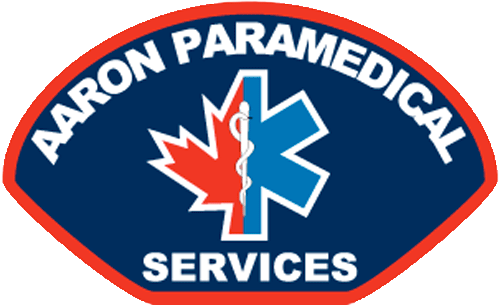Air Medevac
Personnel and Equipment
Aaron Paramedical’s air medevac Personnel are licensed Advanced Care Paramedics (ACPs), Primary Care Paramedics (PCPs), nurses, or respiratory therapists. They have training in advanced cardiac life support (ACLS) and air-medical physiology. Our flight Personnel have extensive experience in the field of air-medical transport and are prepared to treat and transport your loved one. Aaron Paramedical Personnel are also trained in Pediatric Advanced Life Support (PALS), International Trauma Life Support (ITLS), critical care nursing and Neonatal Advanced Life Support (NALS). They have a broad understanding of the dynamics of performing an air-medical transport and are experienced at working closely with hospitals, insurance companies, and families during times of crisis.
Our aeromedical aircrafts are outfitted with oxygen, blood pressure, and oxygen saturation monitors, a full complement of emergency drugs, the latest cardiac monitors and defibrillators with transcutaneous pacing capabilities, intravenous fluid infusion pumps, and a whole host of other life support equipment and patient care supplies.
Services
Aaron Paramedical Services provides an array of air-medical transport services including medical escorts and stretcher services on commercial airlines, bedside-to-bedside critical care transport and elective air-medical transport. Medical teams are assembled on a case-by-case basis to meet the unique and specific needs of the patient.
Medical escorts are available for patients who are well enough to travel on commercial airlines but who need some medical assistance during the flight. In these cases, an Advanced Care Paramedic or a nurse travels with the patient to assist them on and off the aircraft, to and from the washroom, and with any other minor medical or personal needs.
Usually, an Advanced Care Paramedic and Primary Care Paramedic make up the team on elective transfers for non-critical patients who require only minimal monitoring. Though the patient may only require minimum care, all of the standard emergency equipment and drugs are always on the aircraft should the need for them arise.
Critical care patients are transported in an intensive care setting. In most cases, the critical care transport team is composed of a highly skilled Advanced Care Paramedic, a respiratory therapist, or a nurse. Critical care patient transfer requires a minimum of two Advanced Care Paramedics for appropriate patient care.
Aircraft
Aaron Paramedical utilizes two different kinds of aircrafts: pressurized turbo-props and jets. Pressurized turboprop aircrafts (such as Beechcraft King Air) are designed for medium distances and the jet aircraft (such as Lear and Citation) are for longer distances and faster transports. Aircrafts use the advanced air medical system which allows us to transport medical patients anywhere in the world. Certified flight Advanced Care Paramedics and Primary Care Paramedics are in attendance on all missions and registered nurses or respiratory technicians are available as required.
We work with three local air ambulance services: Sunwest Aviation, North Caribou Air, and Kenn Borek Air Ltd. All planes are fully-equipped, flying intensive care units with international capabilities. Pilots are highly experienced in domestic and international flight operations. Each aircraft is configured to transport one patient, up to three medical Personnel and, where space permits, up to three family members. All aircrafts are under regular maintenance programs designed by the manufacturer and government regulatory agencies to ensure safe air medevac transport.
Beechcraft King-Air 200
Lear 35 and 55
Beechcraft King-Air 100
The King-Air 100 is wide bodied and designed for passenger comfort. It reaches speeds up to 425 km/h (260 mph) and has a range of approximately four hours, making it a suitable plane for short to medium range flights. The aircraft has room for one patient, two medical crew members, and two family members.
Cessna Citation II
The Cessna Citation II is a twin engine jet aircraft capable of flying at speeds up to 670 km/h (420 mph) and at altitudes of up to 43,000 feet. The Citation has the highest safety record of any small jet and can land at airports which are too small for other jets. The Citation can carry one patient, two medical crew members, and up to two family members. The Citation II has a range of 1600 miles nonstop and provides airliner-like comfort.
